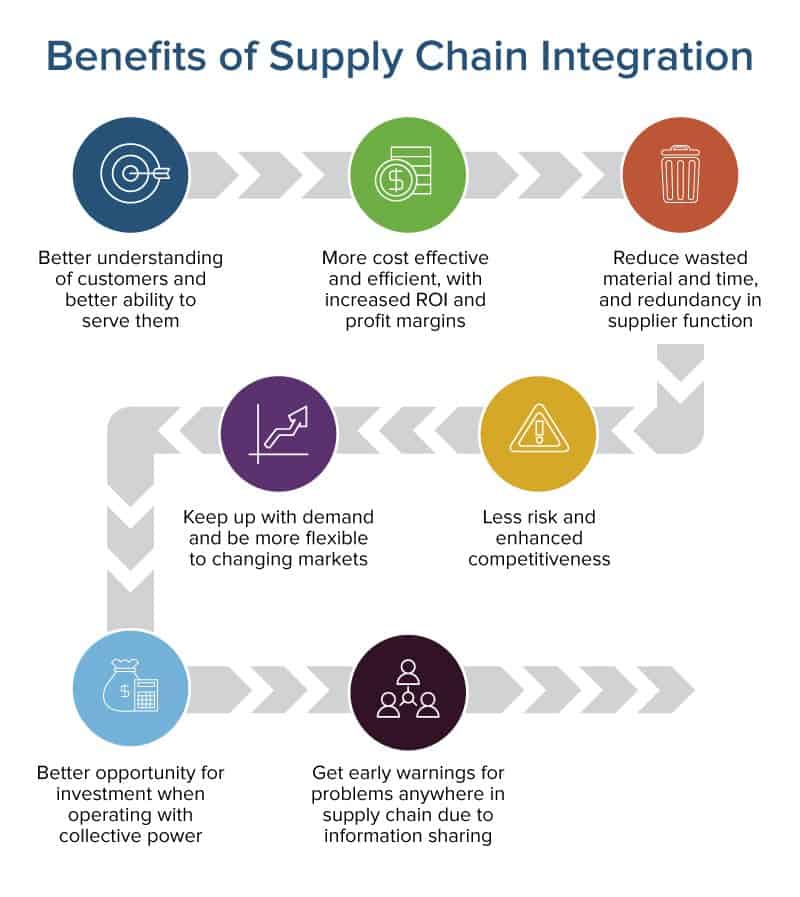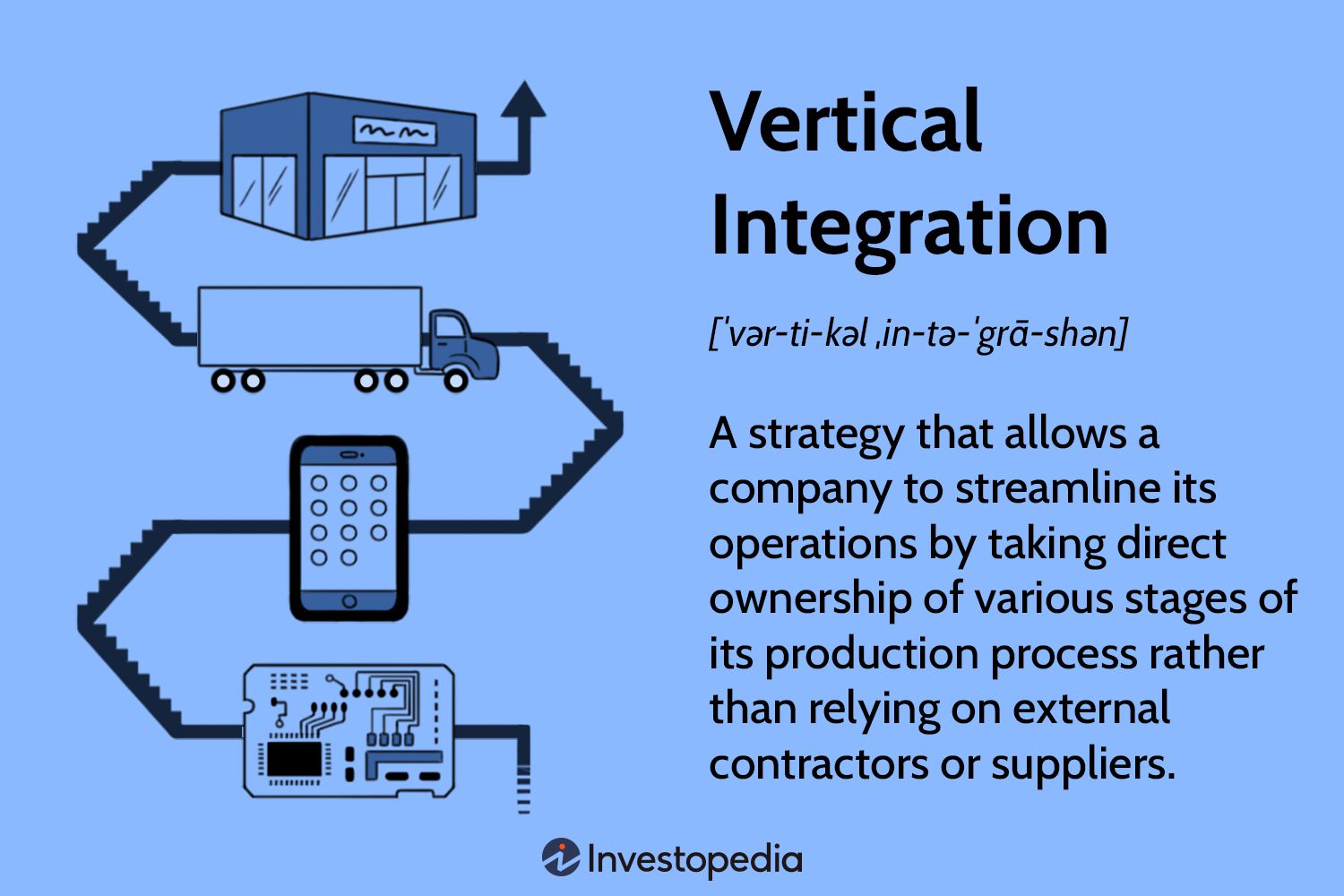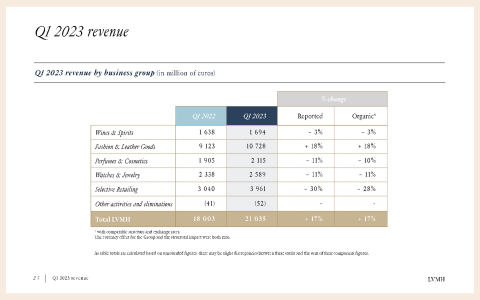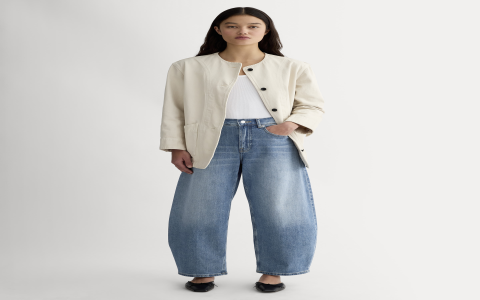So, the other day, I was just thinking about luxury brands, you know, the ones that talk a big game about quality and heritage. And Ermenegildo Zegna popped into my head. I started wondering, how do they actually do it? Do they control everything from start to finish? That got me asking myself, is Zegna vertically integrated?

I decided to do a bit of digging. Wasn’t really sure where to start, honestly. Just typed stuff like “how Zegna makes clothes” and “Zegna supply chain” into the search bar. You get a lot of marketing fluff usually, so I tried to look past that.
First thing I stumbled upon was stuff about wool. Lots of it. It seems Zegna is pretty serious about their wool. I found out they actually own a sheep farm over in Australia. Yeah, like, their own farm. That caught my attention. Owning the source of your main raw material? That sounds pretty integrated to me.
Digging into the Process
Okay, so they have the wool. What next? I kept looking. Found mentions of wool mills and fabric production. Turns out, Zegna has their own mills in Italy – Lanificio Zegna. They’ve been doing this for ages, apparently. So they’re not just buying fabric off the shelf; they’re making their own. That’s another big piece of the puzzle.
- They get the raw wool (some from their own farm!).
- They process it and weave it into fabric in their own mills.
Then comes the actual making of the suits, jackets, all that fancy stuff. I looked into their manufacturing. Yep, seems they have their own production facilities too, mostly in Italy and Switzerland, from what I could gather. So they design it, make the fabric, and then actually stitch the clothes together themselves. It’s starting to look like a pretty tight ship.

What about selling it? The final step, right? Well, anyone who’s walked down a fancy shopping street knows Zegna has its own stores. Lots of them, all over the world. So they control the retail experience too. They’re not just relying on department stores; they manage their own brand presentation directly to customers.
Putting it all Together
So, thinking back on my little investigation:
- Raw Materials: They have involvement right down to owning a sheep farm. That’s pretty deep.
- Fabric Production: They own their mills and make their own textiles.
- Manufacturing: They produce their clothing in their own facilities.
- Retail: They sell through their own branded stores.
It really looks like they control almost every single step. From the sheep’s back to the customer’s back, kinda. That’s pretty much the definition of vertical integration, isn’t it? It’s not like some brands that just design something and then outsource everything else.
It kinda reminds me of this time I tried to trace where a simple t-shirt came from. It was impossible! The brand said one thing, the label said another, and tracking the cotton source was a dead end. It makes you appreciate when a company actually does control the whole process. You figure the quality control must be easier, and they really know what goes into their product. With Zegna, based on what I found, it seems like they’ve built their whole business around owning the process. Quite something, really. Makes you think about what “Made In” really means for different brands.

So yeah, after poking around, I’m pretty convinced. Zegna looks like a classic example of a vertically integrated company in the fashion world. They handle their business from top to bottom.




